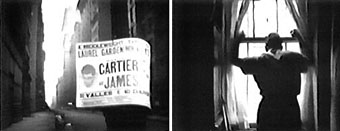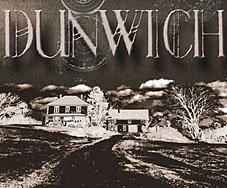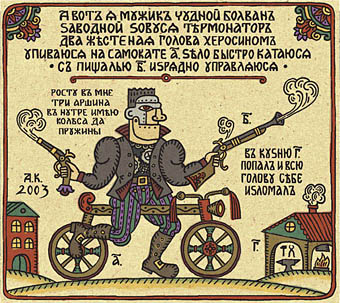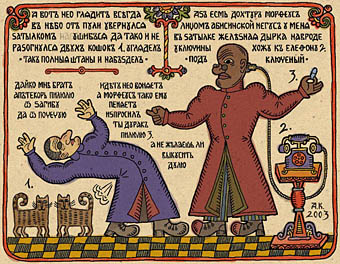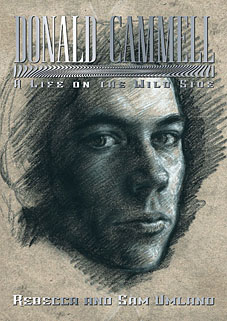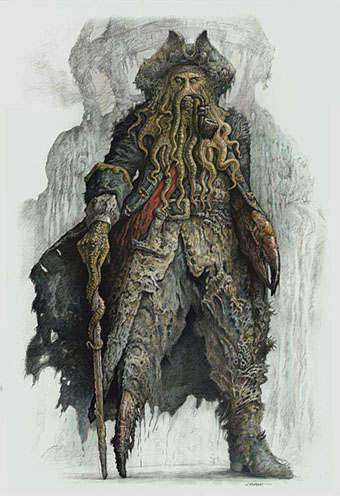
No, not the dreadful singer from The Monkees but he of the undersea locker and also the new villain in Pirates of the Caribbean: Dead Man’s Chest. Bill Nighy plays this splendidly-designed character, with the assistance of some CGI to get those tentacles working. I’ve still not seen the first film but the look of this makes me more interested in the series as a whole.
Aside from William Hope Hodgson‘s sea tales, the pirates plus voodoo/Sargasso Sea angle has rarely been exploited properly in fiction. Tim Powers had a go in On Stranger Tides but the results fell rather flat. In film there’s been hardly anything apart from the Hammer oddity The Lost Continent (1968), based on Uncharted Seas, a Dennis Wheatley potboiler that plundered Hodgson’s Sargasso Sea stories. The new Pirates film may be about to amend this situation; Davy Jones looks like something dreamed up after a heavy diet of Hodgson and HP Lovecraft.

